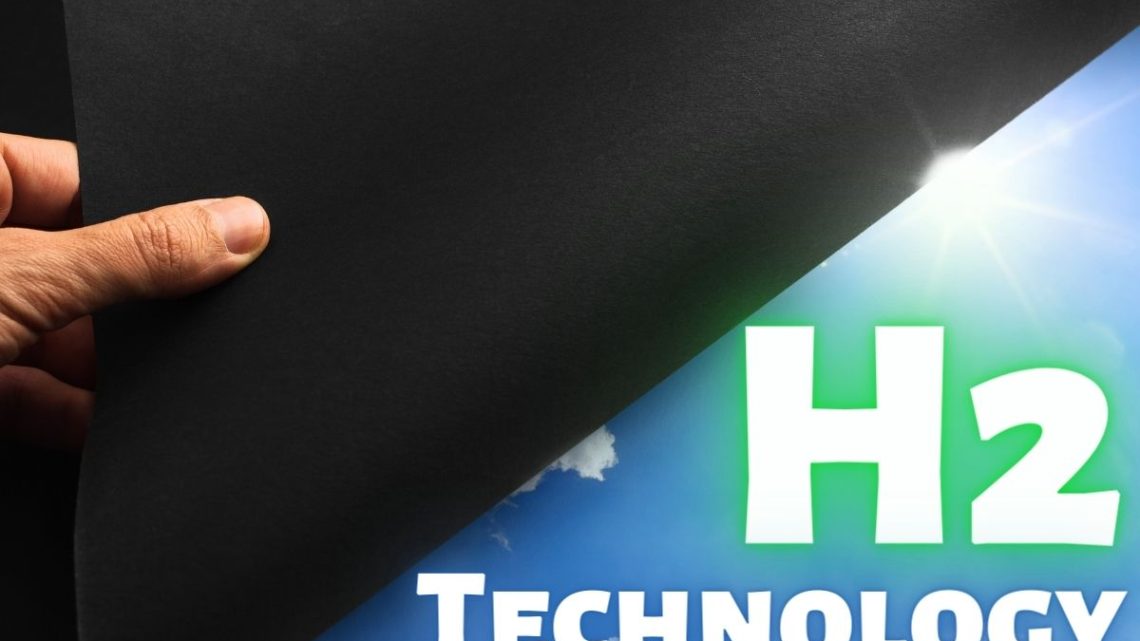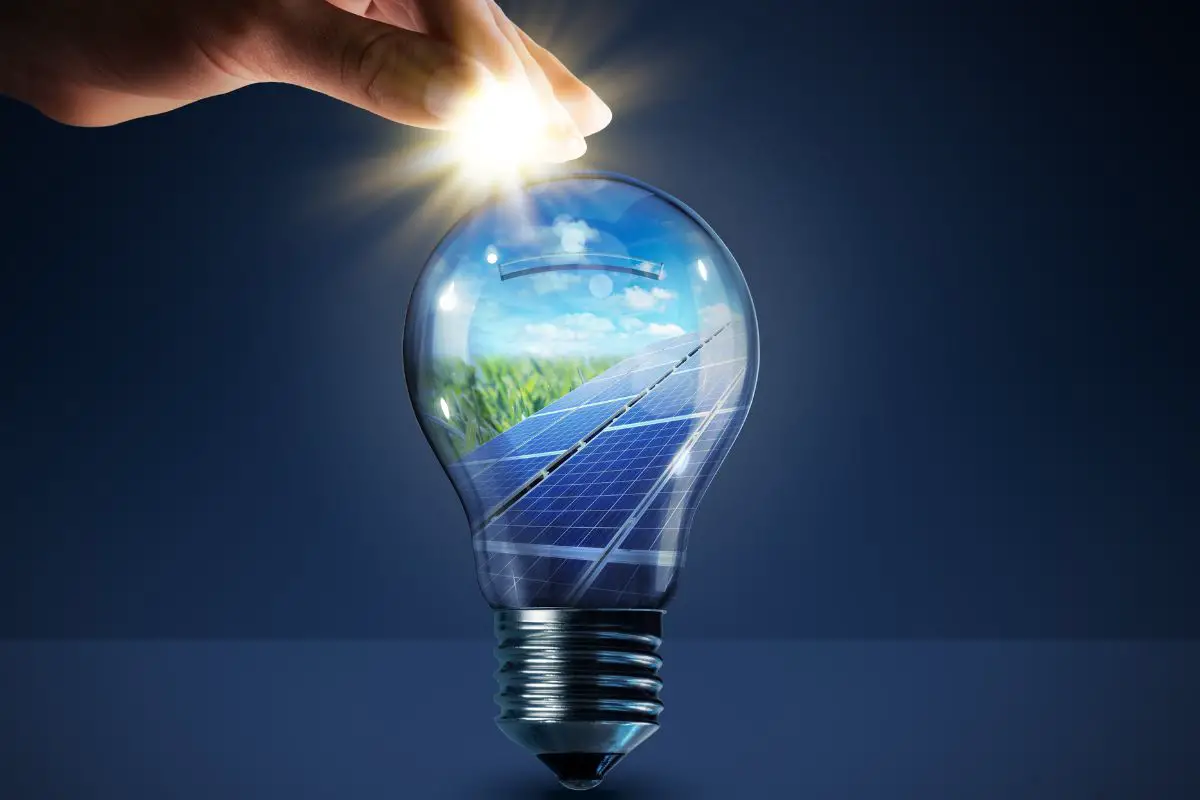
Larger SunHydrogen green hydrogen generator using nanoparticle technology unveiled
February 16, 2023The new clean H2 production system has been designed to be economical at a large scale.
SunHydrogen Inc. has announced the unveiling of its new larger green hydrogen generator system using nanoparticle technology, representing a world’s first.
The unveiling was in the form of a new type of solar panel housing several H2 generators.
SunHydrogen is a tech developer for the production of green hydrogen production systems using sunlight and water. The latest, larger version of the system is a solar panel housing a number of H2 generators. It includes 16 times more area for H2 generation, with multiple generator arrays, to ensure the system will be able to achieve considerably higher production rates than previous generations of the technology.

The system is currently in prototype form. The SunHydrogen prototype is the world’s only self-contained nanoparticle based H2 generation device of its nature. It uses solar energy to power the splitting of water molecules to produce high-purity renewable H2 and oxygen.
Nanoparticle technology allows the sun’s energy to be used directly as electricity to power green hydrogen production.
The SunHydrogen nanoparticle technology-based system prototype was designed to continue operating 24 hours per day, even though it is solar powered and therefore can receive the sun’s energy only during daylight hours. The prototype overcomes that challenge byb powering the catalyst and membrane integration assembly with renewable grid electricity from hydropower or wind sources when the sun isn’t shining. In this way, it can keep up clean H2 production all day and night, without being restricted by daylight hours.
Last December, the company unveiled a small-scale model of the system. It was created to fit a single nanoparticle-based green hydrogen generator for testing within a controlled environment.
The new green hydrogen generator is a larger version of the model, taking a step closer to full-scale.
“This larger-scale panel moves us one step closer to producing commercial-scale hydrogen panels,” explained Dr. Syed Mubeen, the chief scientific officer at SunHydrogen.
“Just like a solar panel is comprised of multiple cells, our hydrogen panel encases multiple hydrogen generators, as pictured,” added Dr. Mubeen in reference to the image released of the larger system. “However, because we are growing our own nanoparticle semiconductor units using low-cost, abundant materials, we are not reliant on expensive solar cell materials and architecture. We believe that when our efficiency goals are met, this will prove to be one of – if not the most – economical green hydrogen solutions.”
The company’s scientific team in Iowa is now pursuing a goal to raise the green hydrogen production rate per panel by boosting the generator area to panel area ratio. They are also seeking to boost the overall size of the panel. They have also committed to raising the overall solar-to-hydrogen efficiency by way of a National Renewable Energy Laboratory (NREL) agreement, in addition to one with its industrial partner InRedox and the Singh Lab at the University of Michigan. Simultaneously, SunHydrogen aims to better the stability of the H2 generators.
SunHydrogen is aggressively moving forward to achieve its green hydrogen milestones as it scales up.
“I am extremely proud of our team and our industrial partners for meeting another milestone in the path to scaling up our technology, and I am grateful for our shareholders’ patience and support as we work to improve efficiency, overcome challenges, and bring our vision to fruition,” said the company’s chief executive officer Tim Young.
The company’s target is for efficient and affordable technology to produce, store and use green hydrogen in a rapidly growing market that Goldman Sachs predicts will have reached a value of $12 trillion by 2050.



 HFN News is your leading source for fresh hydrogen and renewable energy updates. Amid the fast-paced growth of hydrogen companies, we provide top-notch news and insights about this exciting sector. Our coverage spans from hydrogen cars to global sustainable initiatives, and we highlight the latest in green jobs and developing hydrogen hubs. We invite you to share your local hydrogen news and explore today’s renewable energy job listings on our site. Thanks for choosing HFN News as your trusted guide to the hydrogen and renewable energy world!
HFN News is your leading source for fresh hydrogen and renewable energy updates. Amid the fast-paced growth of hydrogen companies, we provide top-notch news and insights about this exciting sector. Our coverage spans from hydrogen cars to global sustainable initiatives, and we highlight the latest in green jobs and developing hydrogen hubs. We invite you to share your local hydrogen news and explore today’s renewable energy job listings on our site. Thanks for choosing HFN News as your trusted guide to the hydrogen and renewable energy world!